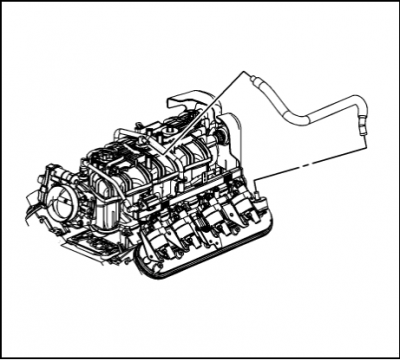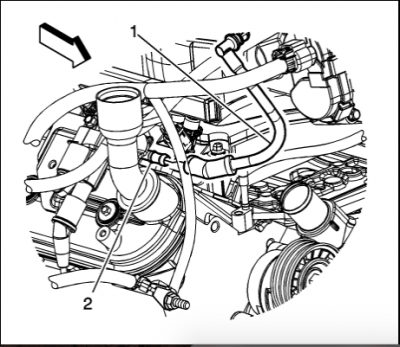Ben Hinz
Full Access Member
So I'm gearing up on getting ready to install the updated Valve Cover (GM - 12570427) and Catch Can (Moroso - 85481) on my 09 Tahoe 5.3L Flex. My question is, I know there's the PCV Tube on the driver's side. But there is also a tube that comes off the front of the Passengers valve cover. In my case, that tube goes to my S&B Intake. Is that a PCV tube too? I'll attach some pictures from AllData and a video I shot. It's a bit hard to follow. Holding a flashlight and filming, while making sure there's light on it and in focus is harder then it seems. Also, the second AllData photo of the passenger's side shows the tube I'm referring to, except it goes to the side of the motor somewhere and mine goes to the Air Intake tube. I don't recall if mine went to the side if the motor as well. Now, Let's say this tube is a second PCV type thing, can I use a T-Fitting and splice this into my catch can?
-Ben
Standard PCV Tube

Unkown Tube

-Ben
Standard PCV Tube

Unkown Tube

